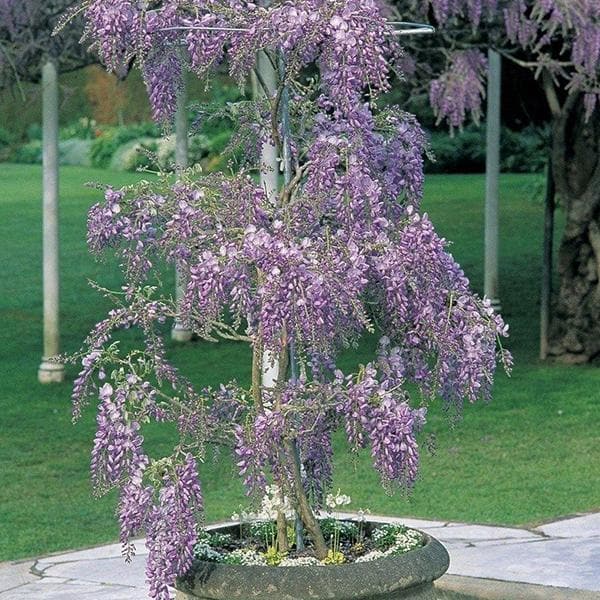
Wisteria - Plant
(MRP Inclusive of all taxes)
- Shipping ₹79 for entire order
- Dispatch in 7 days
- Country of origin: India

(MRP Inclusive of all taxes)
 Save 29%
Save 29%
Air Purifier Money Plant with Pot The Air Purifier Money Plant, also known as Pothos or Epipremnum aureum, is a stunning indoor plant that...
View full details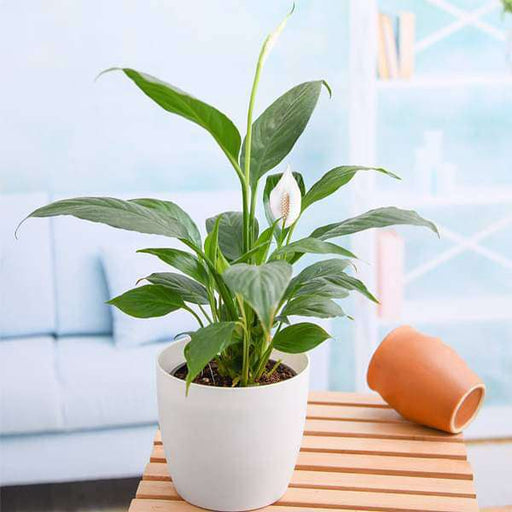
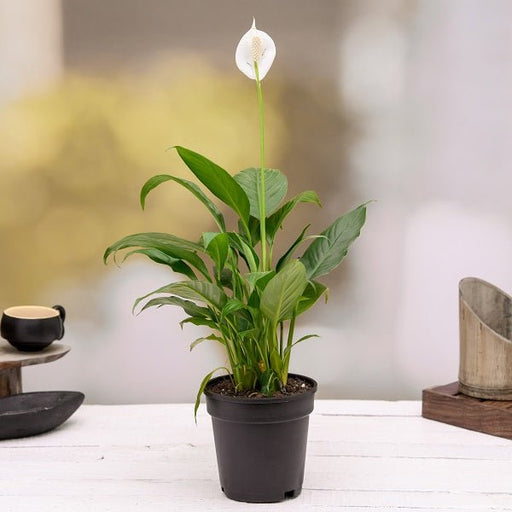 Save up to 15%
Save up to 15%
Peace Lily, Spathiphyllum - Plant The Peace Lily, scientifically known as Spathiphyllum, is a stunning houseplant celebrated for its elegant white...
View full details
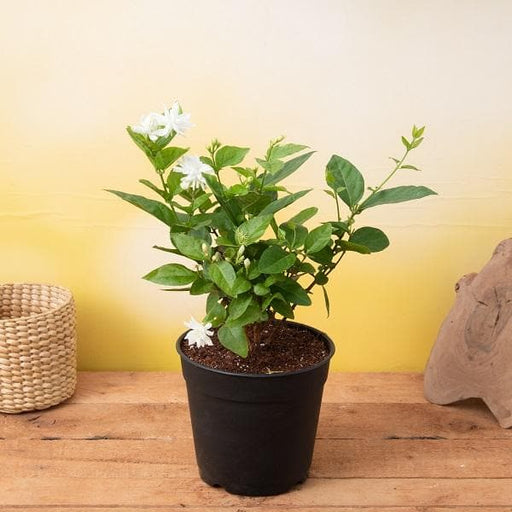 Save 25%
Save 25%
Jasminum sambac, Mogra, Arabian Jasmine - Plant Jasminum sambac, commonly known as Mogra or Arabian Jasmine, is a fragrant flowering plant...
View full details
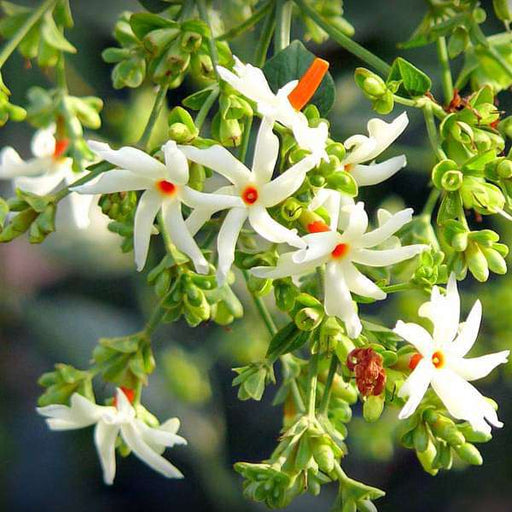 Save 18%
Save 18%
Combo Constituents Includes the Parijat Tree (Night-Flowering Jasmine), a culturally significant plant with fragrant flowers. Description The Pari...
View full details
 Save 25%
Save 25%
Miniature Rose, Button Rose (Any Color) - Plant The Miniature Rose, also known as the Button Rose, is a charming and compact flowering plant that ...
View full details Save 25%
Save 25%
Damascus Rose, Scented Rose (Any Color) - Plant The Damascus Rose, also known as Rosa damascena, is a timeless symbol of beauty and romanc...
View full details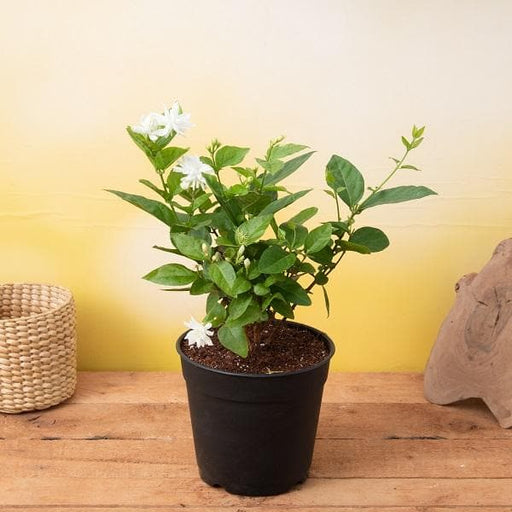
 Save 17%
Save 17%
Beautiful Fragrant Mogra, Arabian Jasmine Plant with Pot The Beautiful Fragrant Mogra, also known as Arabian Jasmine (Jasminum sambac), is...
View full details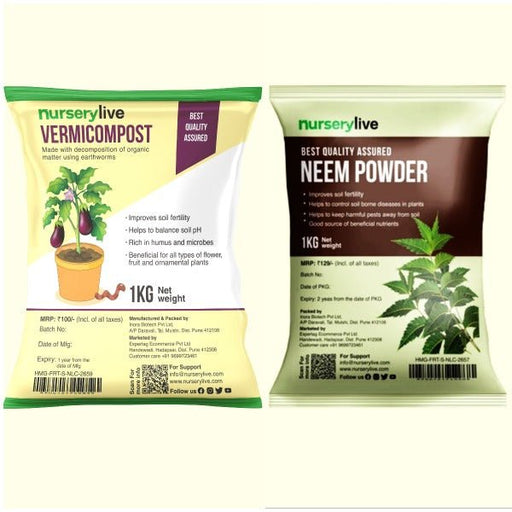 Save 15%
Save 15%
Pack of Vermicompost and Neem Cake for House Plants Transform your indoor garden with our premium Pack of Vermicompost and Neem Cake, spec...
View full details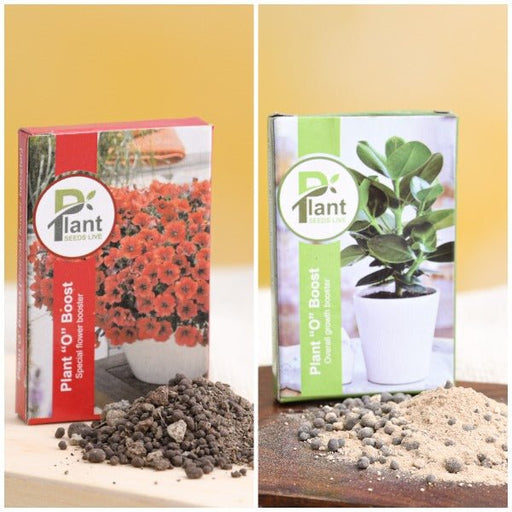
Pack of Plant Growth and Flower Boosters Unlock the full potential of your garden with our Pack of Plant Growth and Flower Boosters! This ...
View full details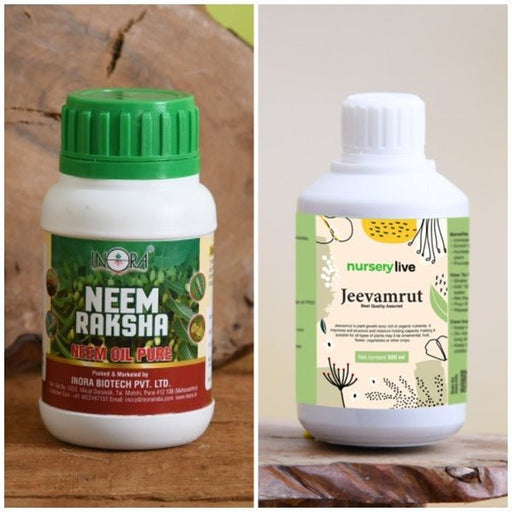 Save 38%
Save 38%
Combo of Jeevamrut and Neem Raksha for Easy Growth and Protection of Houseplants Transform your indoor garden with our exclusive combo of ...
View full details Save 22%
Save 22%
Plant Nutrients Kit (Pack of 16) for a Healthy Garden Transform your garden into a lush paradise with our Plant Nutrients Kit, featuring 1...
View full details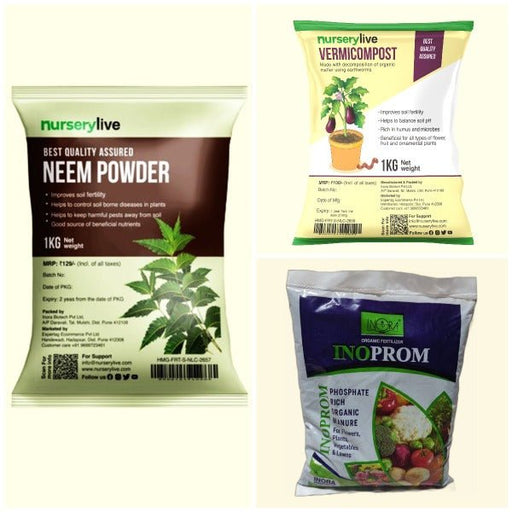 Save 16%
Save 16%
Combo of Top Plant Fertilizers Elevate your gardening game with our exclusive Combo of Top Plant Fertilizers, featuring two bags of premiu...
View full details Save 24%
Save 24%
Pack of 4 Additives to Make Soil Healthy and Nutrient Rich Transform your garden into a thriving ecosystem with our Pack of 4 Additives de...
View full details Save 30%
Save 30%
Transform your gardening experience with our premium Combo of Perlite and Vermiculite. This unique blend is designed to enhance soil aeration and ...
View full details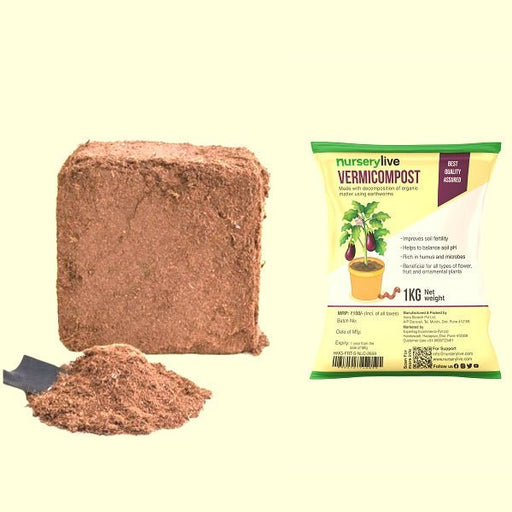 Save 27%
Save 27%
Combo of 2 Vermicompost and Cocopeat - Enrich Your Soil Naturally! Transform your garden into a thriving ecosystem with our Combo of 2 Ver...
View full details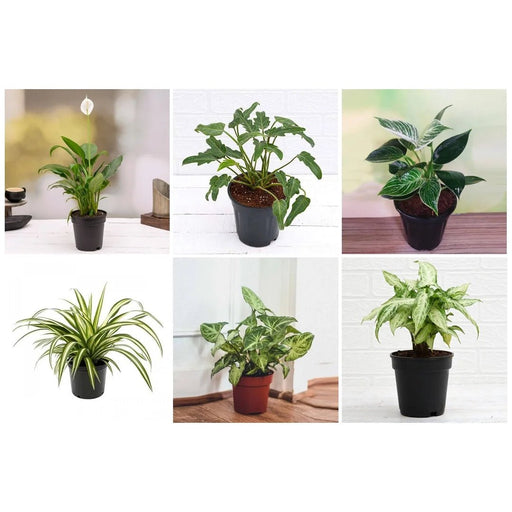
 Save 35%
Save 35%
Best 6 Plants for Perfect Indoor Garden Transform your living space into a lush oasis with our curated collection of the Best 6 Plants for a...
View full details
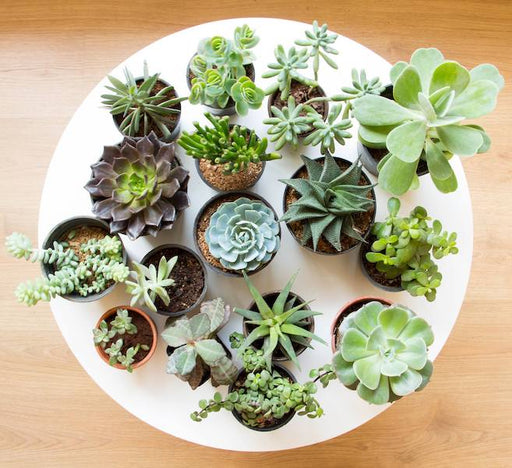 Save up to 50%
Save up to 50%
Mini Succulent Garden Pack Transform your space with our Mini Succulent Garden Pack, featuring a delightful collection of 4 any variety beautiful s...
View full details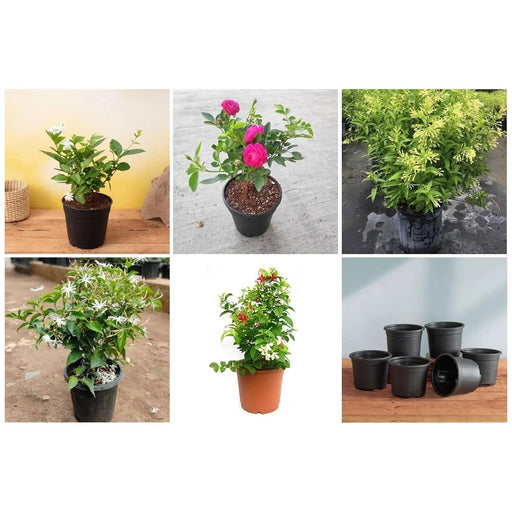
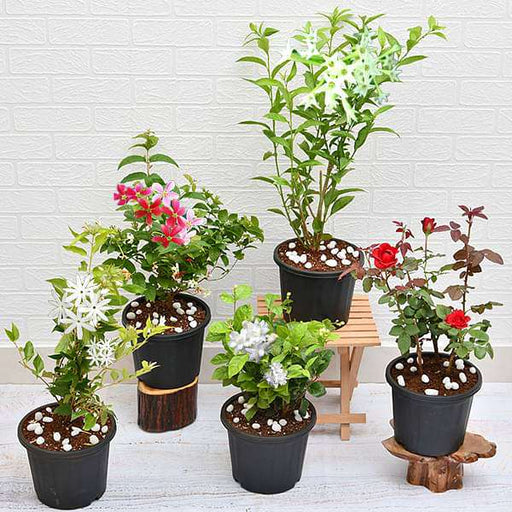 Save 30%
Save 30%
5 Best Fragrant Plants Transform your garden or indoor space into a fragrant paradise with our curated selection of the 5 Best Fragrant Plants. Th...
View full details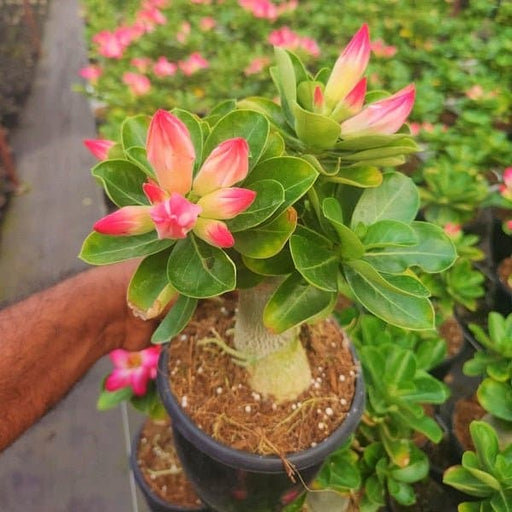
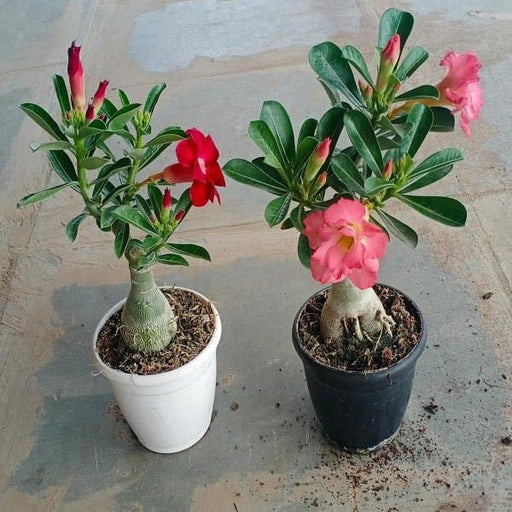 Save 24%
Save 24%
Set of 2 Bonsai Looking Grafted Adeniums Transform your indoor or outdoor space with our exquisite Set of 2 Bonsai Looking Grafted Adenium...
View full details Save 45%
Save 45%
Top 4 Die Hard Succulents Pack Transform your indoor or outdoor space with our Top 4 Die Hard Succulents Pack, featuring a curated selecti...
View full details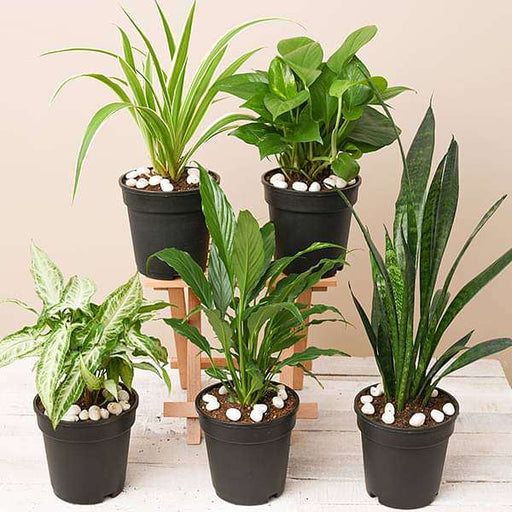
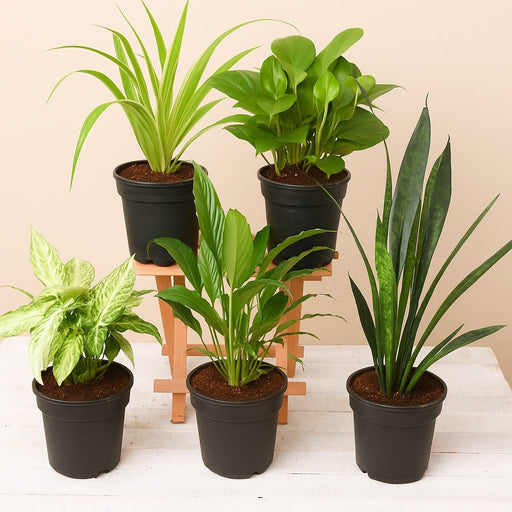 Save 30%
Save 30%
5 Best Indoor Plants Pack Transform your living space into a lush oasis with our '5 Best Indoor Plants Pack.' This carefully curated collection fe...
View full details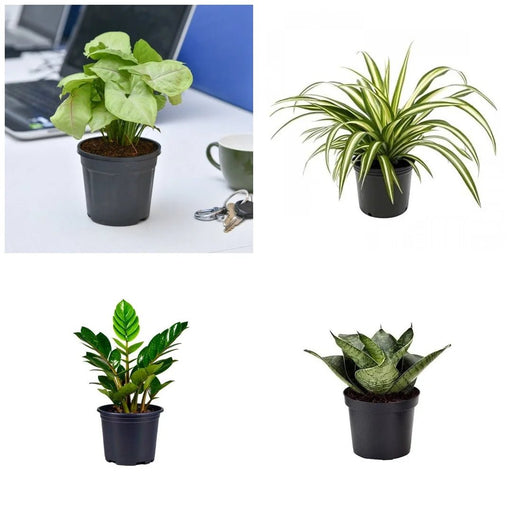
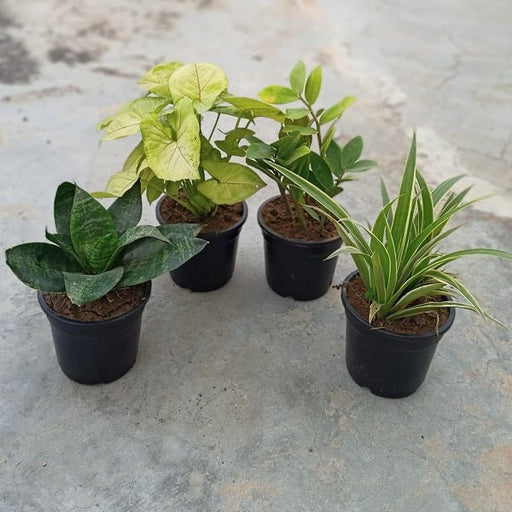 Save 25%
Save 25%
Set of 4 Evergreen Air Purifier Plant Pack Transform your indoor space into a lush, green oasis with our Set of 4 Evergreen Air Purifier Pla...
View full details| SrNo | Item Name |
|---|---|
| 1 | Wisteria - Plant |
Wisteria is a stunning, deciduous climbing plant known for its cascading clusters of fragrant flowers. Native to East Asia and North America, this perennial beauty can transform any garden into a picturesque landscape. With its vibrant purple, blue, or white blooms, Wisteria not only adds aesthetic appeal but also attracts pollinators, making it a favorite among gardeners and nature enthusiasts alike.
What makes Wisteria truly special is its ability to create a romantic atmosphere in outdoor spaces. Its vigorous growth and ability to cover trellises, arbors, and pergolas make it a perfect choice for creating shaded retreats. Additionally, Wisteria has a rich history, often symbolizing love and longevity in various cultures.
One of the most remarkable features of Wisteria is its longevity; some specimens can live for over a century! This hardy plant is also known for its ability to improve soil quality through nitrogen fixation, benefiting the surrounding ecosystem.
Wisteria plays a vital role in supporting local ecosystems by attracting bees, butterflies, and other pollinators. Its nitrogen-fixing properties enhance soil fertility, promoting healthier plant growth in the surrounding area. By planting Wisteria, you contribute to biodiversity and create a more sustainable environment.
If you think caring for a Wisteria is as easy as watering a cactus, think again! These beauties are like the divas of the plant world, demanding just the right amount of sunlight, water, and love. They thrive in well-drained soil and need a sturdy support system to climb, much like a toddler needing a hand to reach the cookie jar. Regular pruning is essential to keep them in check, or they might just take over your garden like an overzealous houseguest.
With over 10 species of Wisteria, choosing one is like picking a favorite child—impossible! From the classic Japanese Wisteria with its cascading blooms to the American variety that’s a bit more laid-back, each has its own charm. Some are fragrant, while others are just eye candy. So, whether you want a showstopper or a subtle beauty, there’s a Wisteria for every personality type in your garden.
Ah, the blooms! Wisteria flowers are like nature’s confetti, showering your garden with vibrant colors and intoxicating scents. They come in shades of purple, blue, white, and pink, making them the life of the garden party. These pendulous clusters can grow up to a foot long, so be prepared for a floral extravaganza that will have your neighbors green with envy. Just remember, they bloom best in full sun, so give them the spotlight they deserve!
If you’re looking for a fast-growing plant, Wisteria is your go-to! These climbers can grow up to 10 feet a year, which is faster than most of us can binge-watch a new series. However, with great power comes great responsibility. Their rapid growth means they need regular pruning to prevent them from becoming the Hulk of your garden. So, if you’re ready for a plant that’s always on the move, Wisteria is your perfect match.
Like any diva, Wisteria can attract unwanted attention from pests. Aphids, spider mites, and scale insects are just a few of the party crashers that might show up uninvited. But fear not! A little neem oil or insecticidal soap can send these pests packing. Just remember, a healthy Wisteria is less likely to be bothered, so keep it well-fed and happy, and it will fend off those pesky intruders like a pro.
Pruning Wisteria is like giving it a haircut—too much, and you’ll regret it; too little, and it’ll look like a hot mess. The best time to prune is in late winter or early spring before the blooms appear. This helps control its wild growth and encourages more flowers. Just think of it as a spa day for your plant, giving it the chance to rejuvenate and show off its best self when the blooming season arrives.
A sturdy trellis is the best friend of a Wisteria. Without one, it’s like a bird without wings—just sad and grounded. These climbing plants need something to cling to, and a well-constructed trellis not only supports their growth but also adds an architectural element to your garden. Choose a trellis that can handle the weight of those lush blooms, and watch your Wisteria transform into a stunning vertical garden masterpiece.
Wisteria is a bit of a soil snob. It prefers well-drained, loamy soil that’s rich in organic matter. Think of it as the Goldilocks of plants—not too sandy, not too clayey, but just right! If your soil is heavy or compacted, consider amending it with compost or planting in raised beds. A happy Wisteria is a blooming Wisteria, so give it the soil it craves, and it will reward you with a floral show that’s worth the effort.
Fertilizing Wisteria is like giving it a gourmet meal—it needs the right nutrients to thrive. A balanced fertilizer in early spring will do wonders, but don’t overdo it! Too much nitrogen can lead to lush foliage at the expense of blooms, and we all know that’s a tragedy. Think of it as a diet; a little bit of the right stuff goes a long way in keeping your Wisteria healthy and happy.
Pairing Wisteria with the right companion plants is like finding the perfect dance partner. They should complement each other without stealing the spotlight. Consider planting it alongside perennials like daylilies or hostas that can thrive in the same conditions. This not only enhances the beauty of your garden but also creates a harmonious ecosystem where all plants can flourish together, just like a well-rehearsed dance troupe.
Incorporating Wisteria into your landscape design is like adding a splash of color to a black-and-white movie. These stunning climbers can transform dull fences, walls, or arbors into breathtaking focal points. Whether you want a romantic cottage garden or a modern outdoor space, Wisteria can adapt to your vision. Just remember to give it enough room to spread its wings—after all, it’s not just a plant; it’s a statement!
Wisteria is a stunning, climbing vine known for its cascading clusters of fragrant flowers. These beauties can transform any garden into a fairy tale. With their vibrant colors and enchanting scent, they’re like nature’s confetti, celebrating spring in style. Just be prepared for their vigorous growth; they’re the party animals of the plant world!
Caring for Wisteria is like nurturing a diva; it needs attention! Plant it in well-drained soil and a sunny spot. Water it regularly, but don’t drown it—this isn’t a swimming pool party! Prune it annually to keep it in check and encourage those fabulous blooms. Remember, a little love goes a long way!
Wisteria typically blooms in spring, showering your garden with vibrant colors and delightful scents. Depending on the variety, you might see those lovely flowers as early as March or as late as June. It’s like waiting for a surprise party; the anticipation is half the fun, and the blooms are the grand reveal!
Wisteria is the Usain Bolt of the plant world, growing up to 10 feet a year! With the right conditions, it can quickly cover trellises, fences, or even your neighbor’s house (just kidding!). Just be ready to rein it in with some pruning, or it might take over the entire neighborhood!
Yes, Wisteria can be grown in pots, but it’s like putting a lion in a small cage; it needs space! Choose a large container with good drainage and a sturdy support structure. Just remember, it may not reach its full potential in a pot, but it’ll still put on a show worthy of a Broadway stage!
Yes, Wisteria is toxic to pets, so keep your furry friends away from this beauty. Ingesting the seeds or pods can lead to gastrointestinal distress, which is not the kind of drama you want in your home. If your pet has a taste for the exotic, better stick to catnip or dog-friendly plants!
Propagating Wisteria is like playing plant matchmaker! You can do it through seeds, cuttings, or layering. For cuttings, take a healthy stem, dip it in rooting hormone, and plant it in moist soil. With a little patience and care, you’ll have new Wisteria vines ready to steal the show in no time!
Wisteria can attract pests like aphids, spider mites, and scale insects. Think of them as uninvited guests crashing your garden party. Regularly inspect your plants and use insecticidal soap or neem oil to send these pests packing. After all, you want your Wisteria to shine, not share the spotlight with unwanted critters!
Wisteria prefers full sun, but it can tolerate partial shade. However, if you want those stunning blooms, aim for at least six hours of sunlight daily. Think of it as a sunbather; it thrives on warmth and light. Too much shade, and it might sulk, leaving you with more green than glorious purple!
Pruning Wisteria is essential for keeping it in check and promoting blooms. Do it twice a year: once in late winter and again in summer. Cut back long shoots and remove any tangled mess. It’s like giving your plant a stylish haircut—just make sure not to go too short, or it might throw a tantrum!
Some top Wisteria varieties include Chinese Wisteria, Japanese Wisteria, and American Wisteria. Each has its unique charm, from the fragrant blooms to the stunning colors. Choose one that suits your garden style, and prepare for a floral extravaganza. Just remember, they all love to climb, so give them something to cling to!